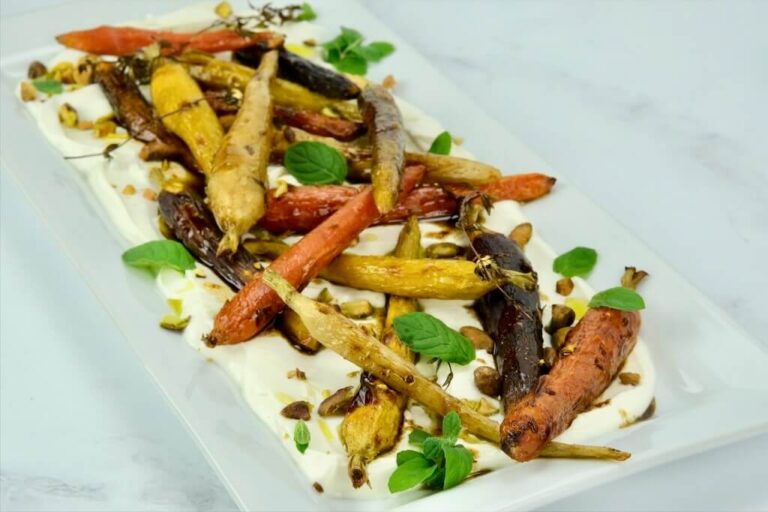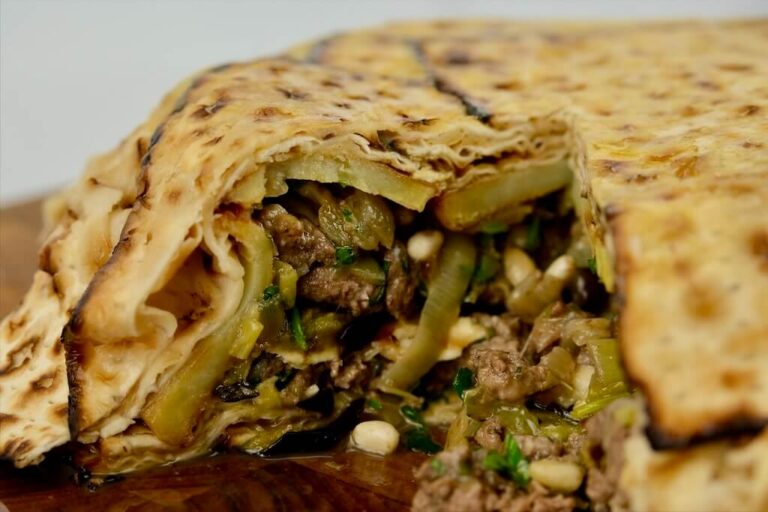Classic Apple Tarte Tatin
About this Recipe
By: Rachel
I moved to Seattle right after high school, and my palate got an education right away. There were chanterelle mushrooms and marionberries; Beecher’s flagship cheddar cheese, proteins cooked right on a cedar plank, and fish, so much fish; all different kinds and each as fresh as could be.

Even desserts were an adventure. At BOKA (now closed), I had my first taste of cheesecake made with Laura Chenel goat cheese and Concord grapes. I loved the distinctive flavor and creamy texture; to this day, I’ve never had anything quite like it.
Recently, I was asked by my friends at Violet Wine to create some recipes for a tasting of Loire Valley wines. The Loire is a beautiful region of France; home to castles that look like they are straight out of a storybook, vineyards, orchards, and of course, the winding Loire River.
Like all regions of France, the Loire is home to iconic foods. The beloved Tarte Tatin, a tart made of apples cooked in caramel, topped with puff pastry, and then inverted just before serving, is from the Loire. And the Loire is famous for its chèvre (goat cheese).
I knew I wanted to make a Tarte Tatin, and with the taste of BOKA’s cheesecake strong in my memory, I set out to create an ice cream that would pair perfectly with the Tarte Tatin.
The goat cheese marries beautifully with the apples, and creates an extra-creamy texture. The ice cream is sweetened with honey, rather than sugar, and is enhanced by rich, nutty, brown butter. Eaten together, it is like a warm, apple cheesecake.
Classic Apple Tarte Tatin
Ingredients
Tarte Tatin
- 1 sheet all-butter puff pastry
- 6-7 medium fresh, firm apples, such as Braeburn or Fuji
- 2 tablespoons brandy or hard apple cider
- 1 tablespoon apple cider vinegar
- ½ teaspoon vanilla
- 2 tablespoons dark brown sugar
- ¾ cup (150g) white sugar
- 1 stick (8 tablespoons or 225g) unsalted butter, cubed and chilled
Goat Cheese, Honey, and Brown Butter Ice Cream
- 1 cup (235mL) whole milk
- 2 cups (475mL) heavy whipping cream
- 5 ounces (140g) honey
- 2 ½ ounces (70g) soft goat cheese, crumbled
- 1 pinch kosher salt
- 1 teaspoon vanilla
- 5 tablespoons (65g) unsalted butter
- 5 large egg yolks
Step by Step Instructions
Tarte Tatin
Step 1
- Select a heavy, medium skillet (I like cast iron) and roll out your puff pastry to about 1” larger than the circumference of the pan, trimming the edges to create a large circle. Wrap the pastry well in plastic wrap, and store it in the refrigerator until needed.
Step 2
- Preheat your oven to 275°F (135°C). Trim the bottom and top of your apples so that they are flat on each end, then peel them. Cut the apples in half, and remove the seeds and tough core.
- Toss the apples with the cider or brandy, vinegar, vanilla, and dark brown sugar, and roast in a heavy pan with a fitted lid, or cover tightly with foil, for 1 hour to 90 minutes. They should offer some resistance when pierced with a fork, but should not break apart. Set the apples aside, and proceed with making the caramel.
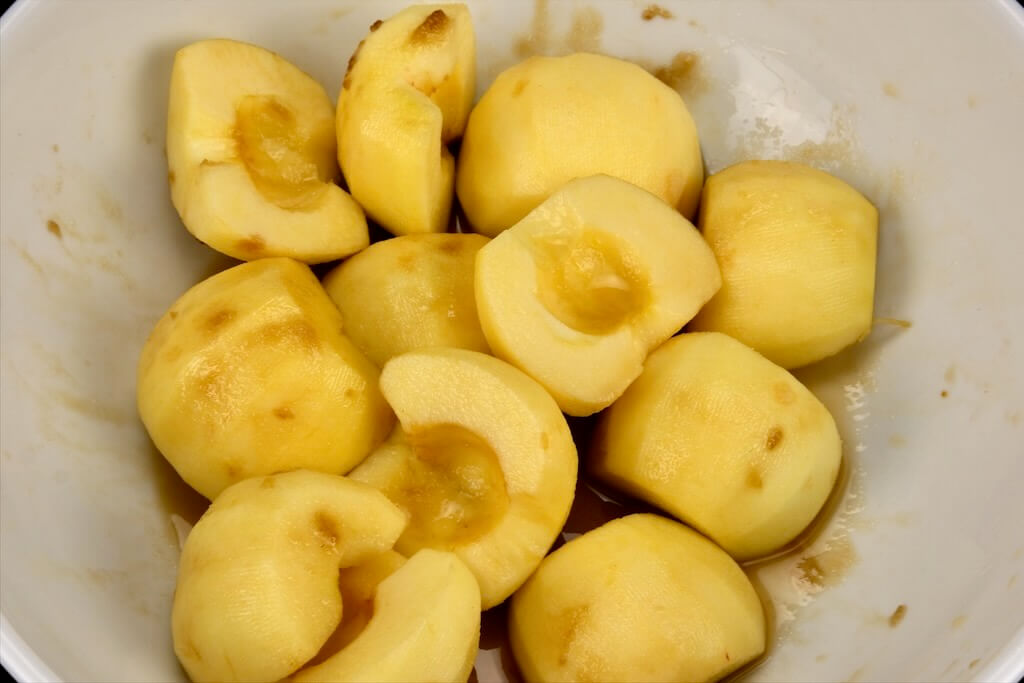
Step 3
- Set your medium skillet on the stove, and add the sugar to the cold skillet, coating the bottom of the pan as evenly as possible. Turn your burner to medium high and cook the sugar, without stirring, for 3-4 minutes.
- Once most of the sugar has melted, use a wooden spoon or silicone spatula to coax the unmelted sugar into the melted portion and turn down your heat to medium-low.
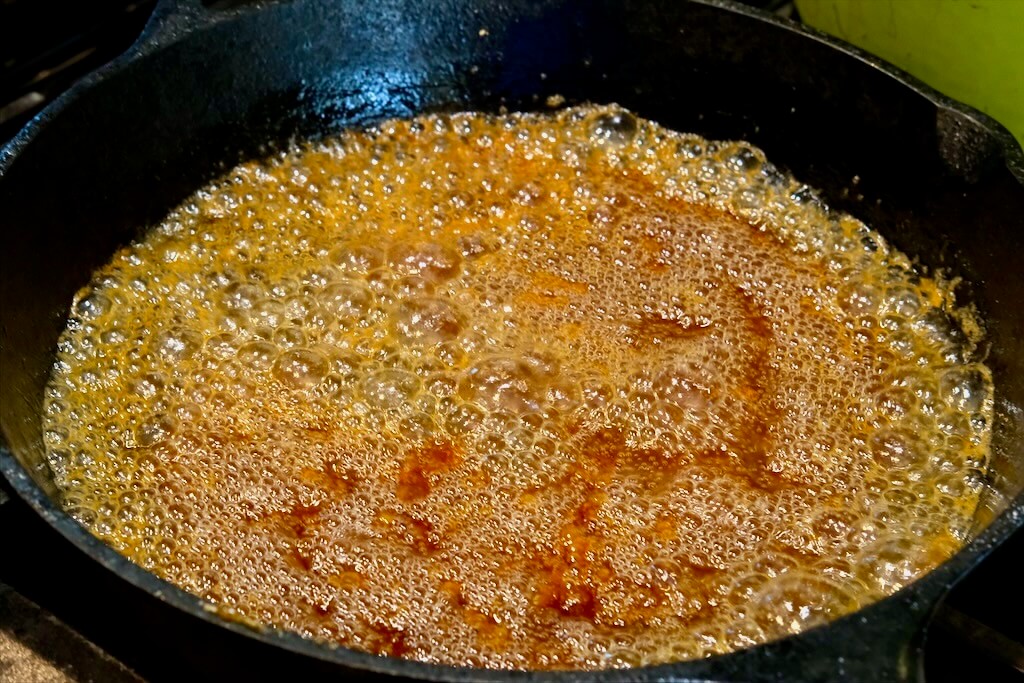
Step 4
- Cook for another minute or two, or until you have achieved a dark amber color, and remove from the heat. Immediately whisk in the butter, and set aside. Allow to cool for 15-20 minutes.
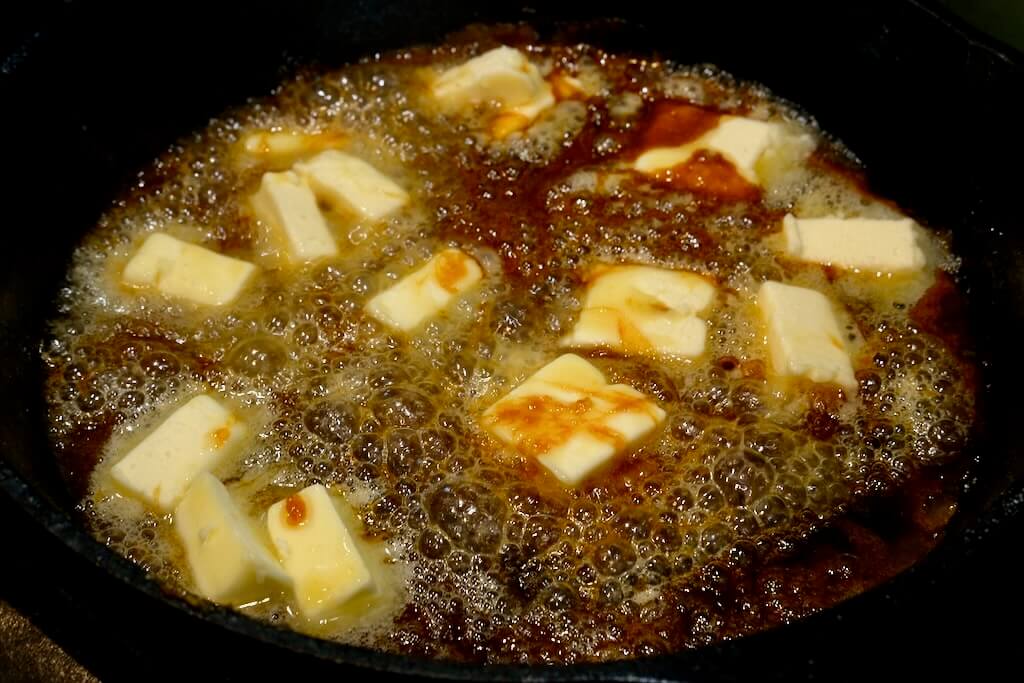
Step 5
- Increase your oven temperature to 400°F (200°C). Add apples to the skillet, rounded-side down, discarding the baking liquid. .
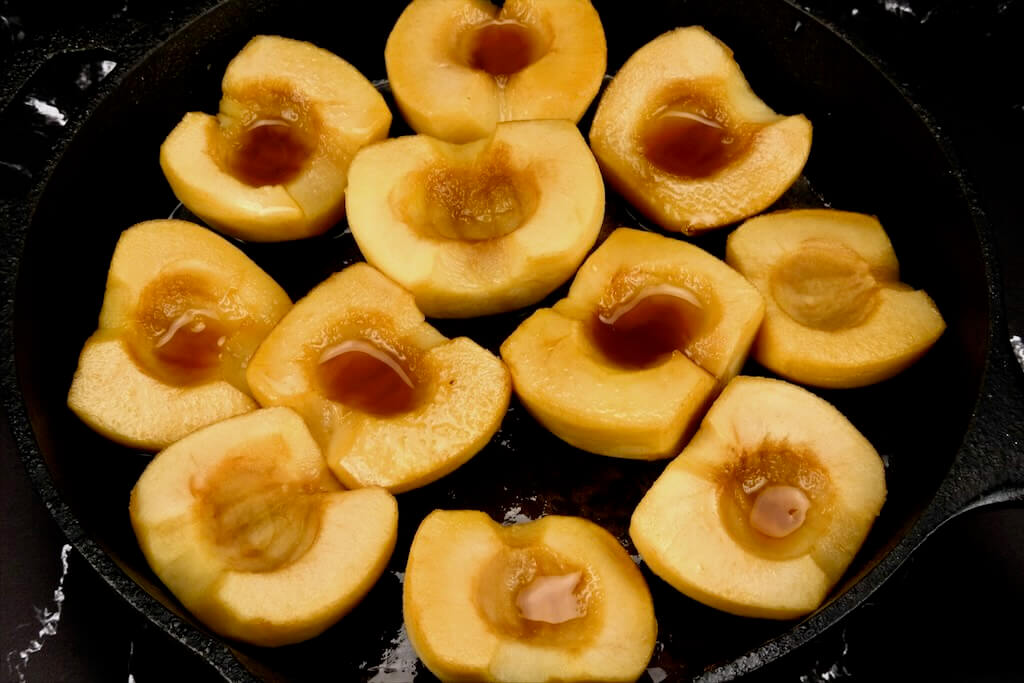
Step 6
- Cover with puff pastry, carefully tucking the sides into the pan. Bake for 25-30 minutes, or until the pastry has browned and juices are bubbling at the edges.
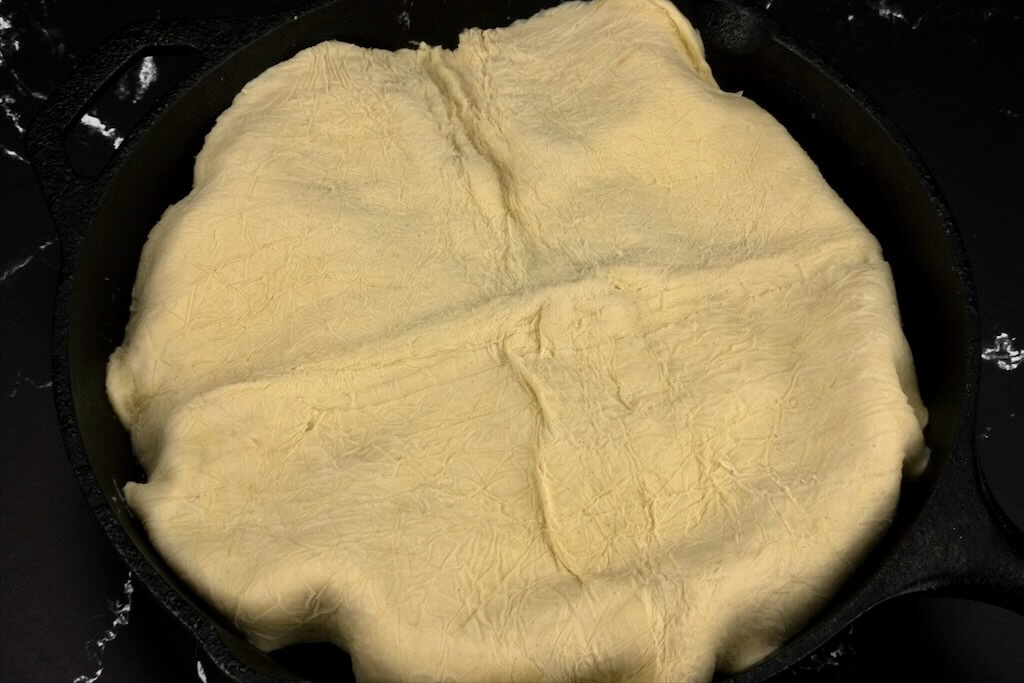
- Allow the tarte to cool for 30 minutes. Set a large platter over the pan and quickly invert the tarte, so the apples are now on the top and the pastry is on the bottom.

Goat Cheese, Honey, and Brown Butter Ice Cream
Step 1
- Combine the milk, cream, honey, goat cheese, salt, and vanilla over medium-low heat, whisking frequently. Remove from heat once all ingredients are well-incorporated.
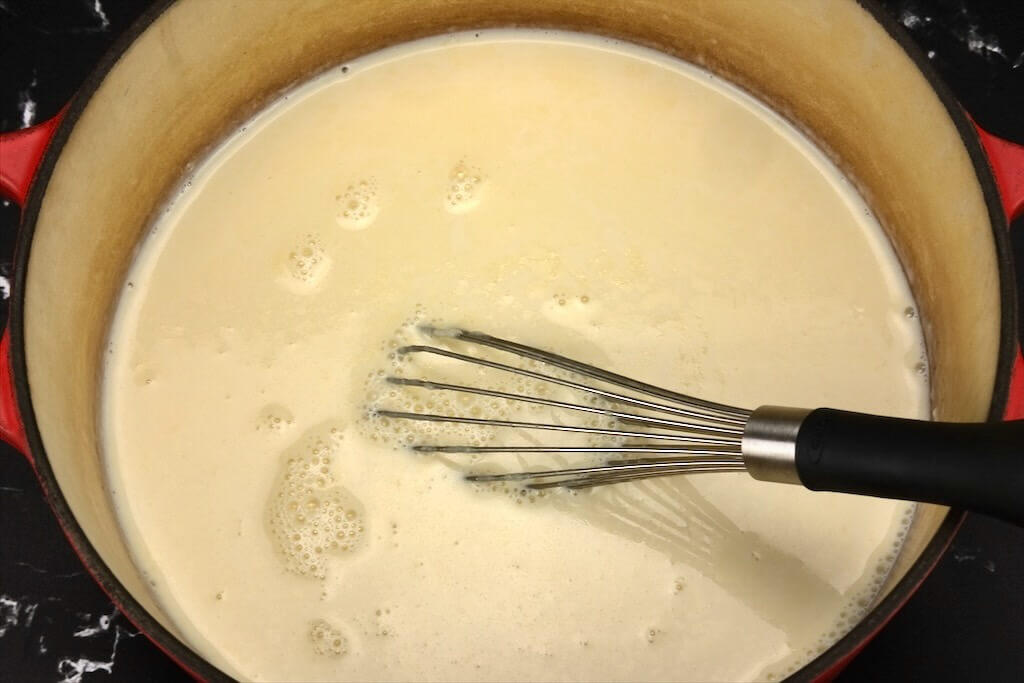
Step 2
- Next, prepare the brown butter. It is easiest to use a stainless steel pan, or a pan with a white bottom, so that you can see the color more easily. Cut the butter into pieces so that it will brown evenly, and add to the pan over medium heat. Stir continually with a wooden spoon. After about 5 minutes, the butter will foam and sizzle (be careful, as the butter may splatter). Whisk butter into the cream mixture. This will be your ice cream base.
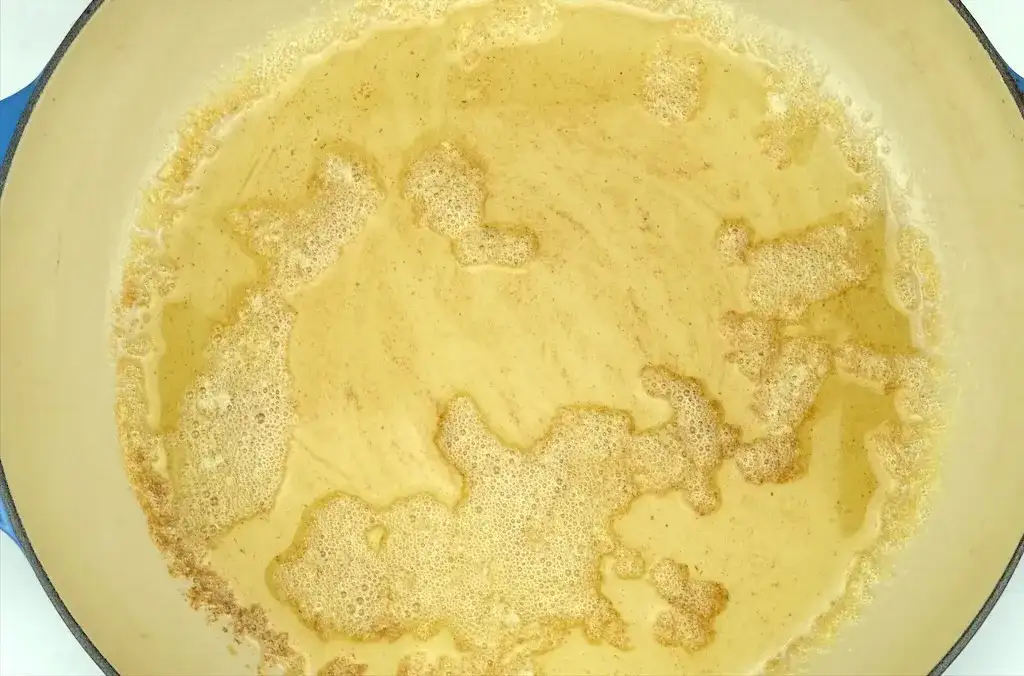
Step 3
- In a small bowl, whisk the egg yolks together. Add two ladlefuls of the base into the egg yolks, whisking the yolks constantly to temper the mixture. Once tempered, return the mixture to the base.
- On medium-low heat, whisking constantly, heat the mixture. This must be done gently, or the eggs may cook and curdle your custard. (You are at the correct heat level when the temperature of your custard rises by about 1ºF every 5-10 seconds). When your custard is done, it will coat a spoon, and will register 175º-180ºF (80º-82ºC). Remove from heat right away.

Step 4
- Transfer the mixture to a refrigerator, and chill for at least 2 hours, or until cold throughout, before freezing in an ice cream maker according to the manufacturer’s instructions.
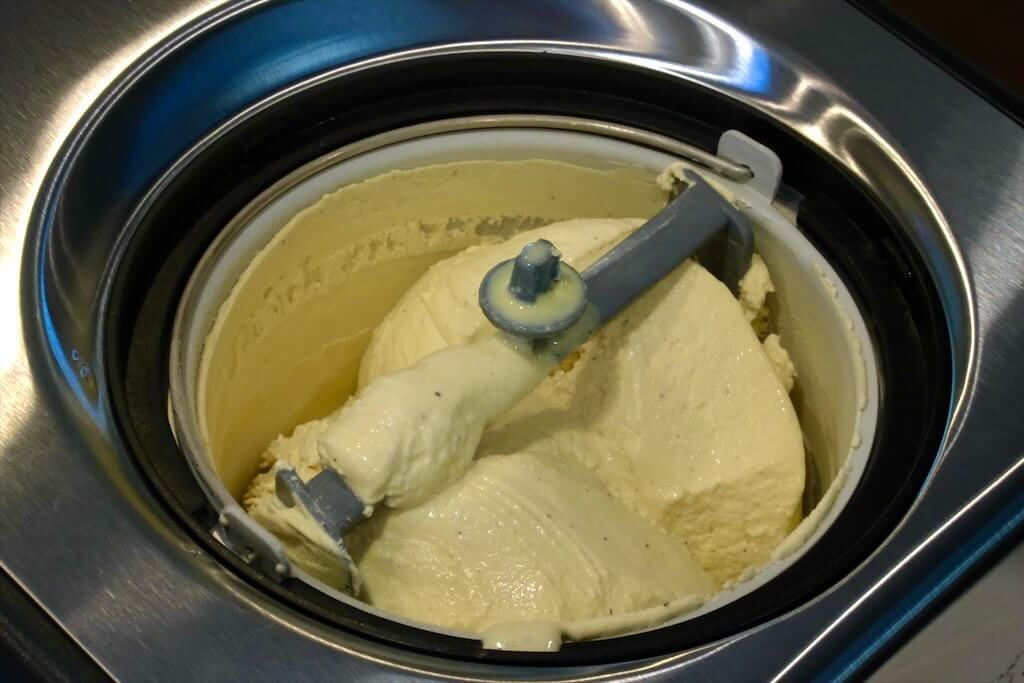
Beverage Pairing
By: Olivia
The combination of the tarte and butter ice cream would be delightful with a medium-sweet wine. You can taste similar honeyed and butterscotch notes from the ice cream in a few different wines. You could try Sauternes from Bordeaux made of Sémillon, Sauvignon Blanc, and Muscadelle grapes. The grapes raisin slightly from a fungus (known as the noble rot) that concentrates the flavors and sweetness of the grapes. You could also explore Auslese from Germany made of Riesling. Some grapes are affected by noble rot but the name of the wine translates to “select harvest” because only very ripe grapes are used.



